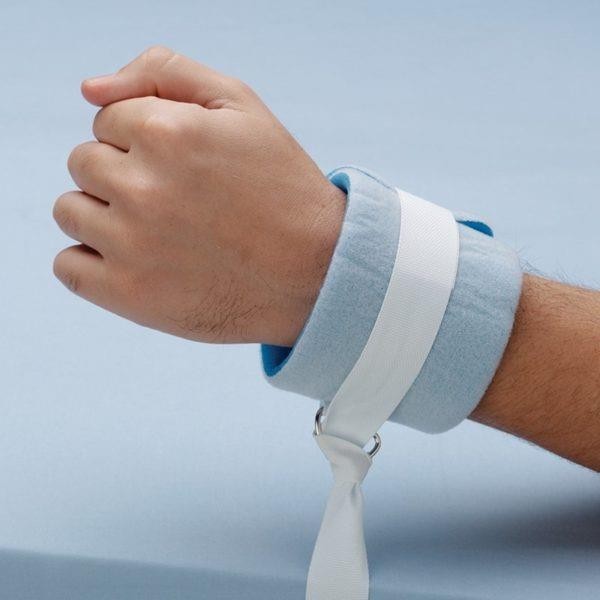The nurse determines that an elderly client with pneumonia has a nursing problem of "altered nutrition, less than body requirements." Which instruction should the nurse give the unlicensed assistive personnel (UAP) helping with the care of this client?
Offer to assist the client with meal preparation and feeding.
Thicken the client's liquids if aspiration seems likely.
Listen to the client's breath sounds before and after meals.
Assist the client in selecting high protein foods on the menu.
The Correct Answer is A
Choice A Reason: This is the best action because it helps the client meet their nutritional needs and prevents further weight loss. The nurse should delegate tasks that are within the scope of practice of the UAP, such as feeding assistance.
Choice B Reason: This is not an appropriate action because it requires a nursing assessment and intervention. The nurse should determine if the client is at risk for aspiration and consult with a speech therapist or dietitian before modifying the client's diet.
Choice C Reason: This is not a relevant action because it does not address the nursing problem of altered nutrition. The nurse should monitor the client's respiratory status and oxygenation, but this is not a task that can be delegated to the UAP.
Choice D Reason: This is not a sufficient action because it does not ensure that the client will consume enough food. The nurse should educate the client on the importance of high-protein foods, but this is not a task that can be delegated to the UAP.
Nursing Test Bank
Naxlex Comprehensive Predictor Exams
Related Questions
Correct Answer is B
Explanation
Choice A Reason: Contacting the healthcare provider is not the priority action because restraints should only be used as a last resort and not for staff convenience. The nurse manager should first ensure that the client's safety and dignity are respected.
Choice B Reason: This is the correct answer because restraints are not indicated for this situation and violate the client's rights. The nurse manager should educate the staff nurse about the ethical and legal implications of using restraints without proper justification and documentation.
Choice C Reason: Closing the door to the room is not a priority action because it does not address the issue of restraints. It also may isolate the client and increase her anxiety and distress.
Choice D Reason: Determining if the client has a PRN prescription for an antianxiety agent is not a priority action because it does not address the issue of restraints. It also may not be appropriate to medicate the client without assessing her condition and obtaining her consent.

Correct Answer is B
Explanation
A) This action is not the best because it does not directly evaluate the PN's wound care skills in practice. A skill checklist may not reflect the current or actual abilities of the PN, especially if it is outdated or based on self-
reporting. The charge nurse should observe the PN's performance in person to ensure that she follows the proper procedures and protocols for sterile wound care.
B) This action is the best because it allows the charge nurse to verify the PN's wound care skills and provide feedback or guidance if needed. The charge nurse has a responsibility to ensure that the PN delivers safe and effective care to the clients on the unit. By watching the PN perform sterile wound care, the charge nurse can assess her competence, confidence, and compliance with standards of practice.
C) This action is not the best because it is disrespectful and discouraging to the PN. The charge nurse should not dismiss or undermine the PN's past experience, which may have contributed to her wound care skills. The charge nurse should acknowledge and appreciate the PN's expertise, but also verify her skill level through direct
observation.
D) This action is not the best because it exposes the client to potential harm and liability. The charge nurse should not delegate a task that requires assessment and evaluation to a PN without first confirming her skill level and competency. The charge nurse should also not ask the PN to perform a task while she is busy with other duties, as this may compromise the quality and safety of care.

Whether you are a student looking to ace your exams or a practicing nurse seeking to enhance your expertise , our nursing education contents will empower you with the confidence and competence to make a difference in the lives of patients and become a respected leader in the healthcare field.
Visit Naxlex, invest in your future and unlock endless possibilities with our unparalleled nursing education contents today
Report Wrong Answer on the Current Question
Do you disagree with the answer? If yes, what is your expected answer? Explain.
Kindly be descriptive with the issue you are facing.
